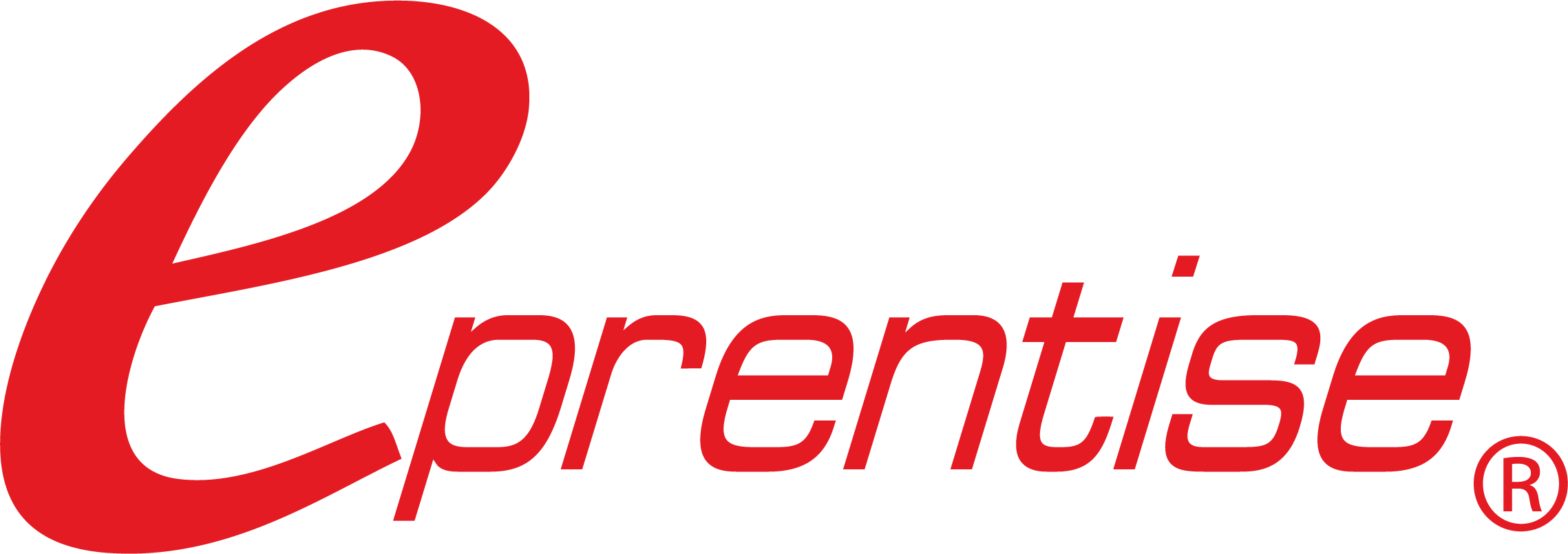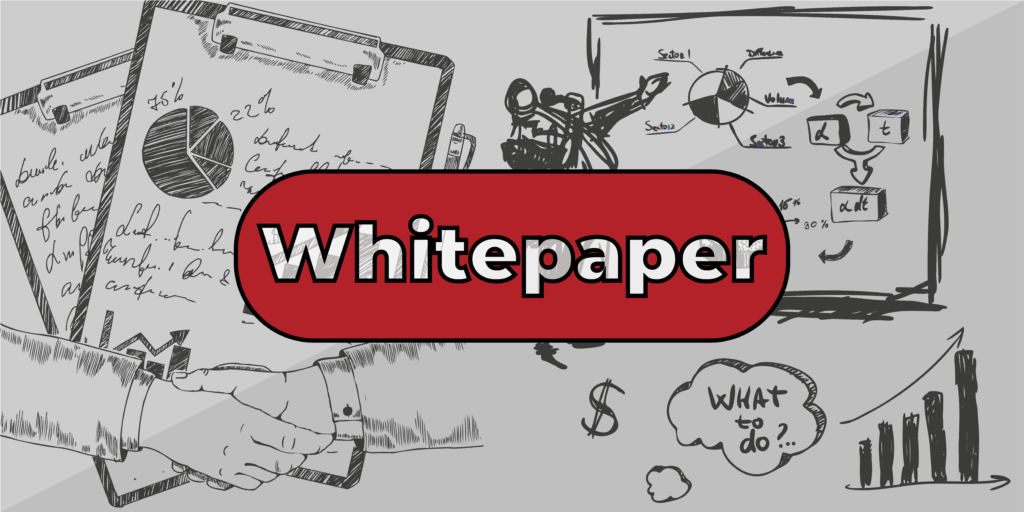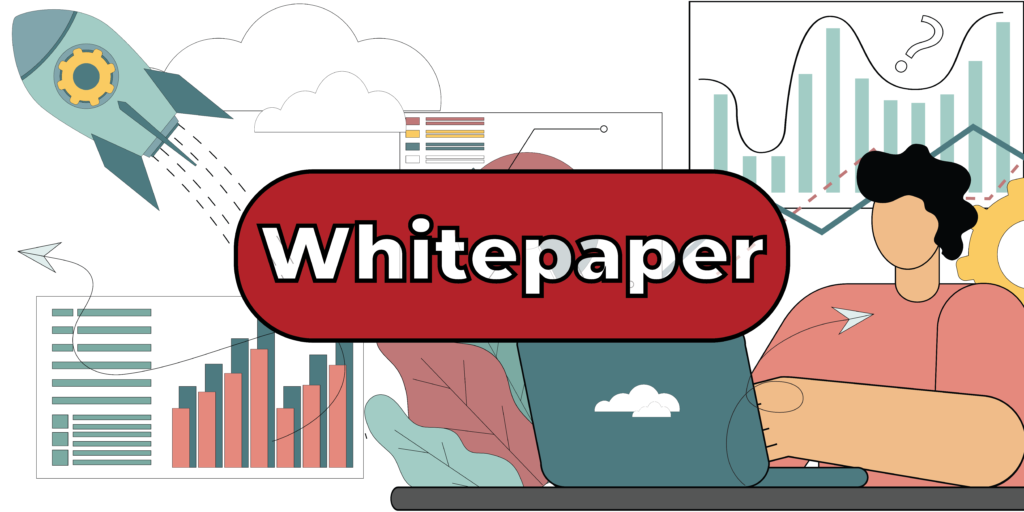There are many reasons for separating data – each has its own challenges and business considerations. The first step in the process is to determine the business requirement, then find the relevant data, determine the criteria for filtering the data out, and determine what happens to the filtered data. Suppose for example, that you want […]
Tag Archives: Mergers Acquisitions & Divestitures
Deciding what information to share and what information to keep private is one of the most critical decisions companies face when they decide to sell part of the company. Sharing too much information allows competitors to identify advantages to use against the parent company. Keeping irrelevant information may result in unnecessary costs, such as excess […]
The acquisition has been announced. Company A is going to sell the B part of its business to Company C. The entire organization is trying to complete the close in a very short window. The regulatory team needs to file all the paperwork set up the new legal entities and the change in ownership. The […]
Under FASB 141-Business Combinations, prior to 2009 merger and acquisition (M&A) transaction costs could be capitalized and recorded as part of the purchase price. Effective in 2009, FASB 141-R Business Combinations (later codified as ASC-805-10) mandates that direct M&A transaction costs now need to be treated separately from the business combination and expensed as occurred. […]
Automation continues to transform whole industries – and finance and audit are no exception. Specific to the financial audit, most of the high-volume, routine, non-judgmental activities in real time are being transformed by software, leaving audit professionals more time to do what they do best: analyze results and make expert judgement calls. This webinar focuses on the framework and standards under which audits are currently conducted, and will showcase real-world examples where automation streamlines workflows to transform the entire audit process.
Automation continues to transform whole industries – and finance and audit are no exception. Specific to the financial audit, most of the high-volume, routine, non-judgmental activities in real time are being transformed by software, leaving audit professionals more time to do what they do best: analyze results and make expert judgement calls. This webinar focuses on the framework and standards under which audits are currently conducted, and will showcase real-world examples where automation streamlines workflows to transform the entire audit process.
Automation continues to transform whole industries – and finance and audit are no exception. Specific to the financial audit, most of the high-volume, routine, non-judgmental activities in real time are being transformed by software, leaving audit professionals more time to do what they do best: analyze results and make expert judgement calls. This webinar focuses on the framework and standards under which audits are currently conducted, and will showcase real-world examples where automation streamlines workflows to transform the entire audit process.
Automation continues to transform whole industries – and finance and audit are no exception. Specific to the financial audit, most of the high-volume, routine, non-judgmental activities in real time are being transformed by software, leaving audit professionals more time to do what they do best: analyze results and make expert judgement calls. This webinar focuses on the framework and standards under which audits are currently conducted, and will showcase real-world examples where automation streamlines workflows to transform the entire audit process.
Automation continues to transform whole industries – and finance and audit are no exception. Specific to the financial audit, most of the high-volume, routine, non-judgmental activities in real time are being transformed by software, leaving audit professionals more time to do what they do best: analyze results and make expert judgement calls. This webinar focuses on the framework and standards under which audits are currently conducted, and will showcase real-world examples where automation streamlines workflows to transform the entire audit process.
Part I of this series addressed the requisites of a stable design for enterprise systems that will allow them to remain agile over both the near- and longer-term. It first identified the core building blocks of systems, the metadata, data, and business processes and explained the relationships of those building blocks and the need for complete, […]







